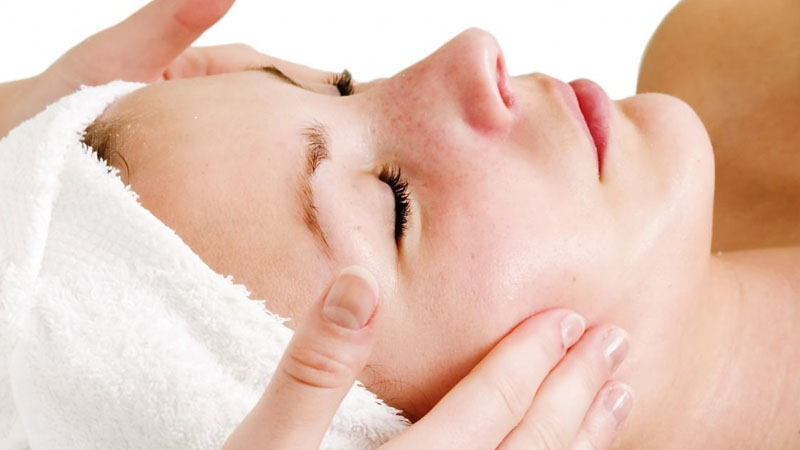
Why do facial exercises and facial massages work so effectively?
Share0Facial exercises and facial massages are important elements in the overall tone, texture, and appearance of the skin of the face, they also have rehabilitative properties and have long been used to treat conditions such as TMJ and Bell’s palsy.
For years, specialized physiotherapists and doctors have been prescribing facial exercises as part of a rehabilitation regimen to treat conditions such as TMJ problems and Bell’s palsy. Facial resistance training is offered in many rehabilitation facilities for these conditions, and there are studies to show that it is effective.
Facial exercises are very effective in realigning the jaw and help relieve pressure and pain associated with TMJ disease. They tighten, strengthen and tighten the masticatory muscles, neck muscles and jaw muscles and can alleviate the painful symptoms of the temporomandibular joint.
Facial exercises can retrain neuromuscular movement, balance, coordination, kinesthetic sense, posture, and proprioception. They are widely used to retrain facial and neck paralysis to improve proprioception and coordination. They strengthen, stretch and increase face and neck movements. Strengthening the chewing muscles helps relieve the appearance of sagging face.

Facial exercises alleviate the symptoms of Bell’s palsy by strengthening the affected muscle or muscle group and learning to relax. They increase the closure of the eyelids and lips and decrease synkinesis (abnormal movement patterns). They also increase muscle strength, symmetry, and balance, and help regain movement.
Facial exercises also help improve overall health and tone of the face and neck for fitness. Facial exercises are an important element of the overall tone, texture, and appearance of the skin of the face in order to tone and tone various facial muscles.
The facial massage helps improve the overall health and tone of the face and neck for rehabilitation purposes. Massage has been practiced for centuries and is considered one of the oldest healing methods. When stress occurs, the muscles of the face contract, which often leads to headaches, jaw pain, and even neck pain.
The facial massage increases blood circulation, relieves pain, and reduces the stress that often exacerbates TMJ discomfort. It increases blood flow by maximizing cell turnover and bringing nutrients to the surface of the skin to promote healing. The facial massage also increases the temperature of the skin, which causes the skin to release toxins and impurities that detergents alone cannot reach.
The facial massage helps improve the overall health and tone of the face and neck in terms of fitness. It is an important element in the overall tone, texture, and appearance of the skin of the face. Massage beneath the surface of the skin increases the functioning of the lymphatic system, so these toxins can be eliminated by removing bacteria and waste materials from the skin cells. The facial massage strengthens and tones the facial muscles to prevent wrinkles and sagging.
